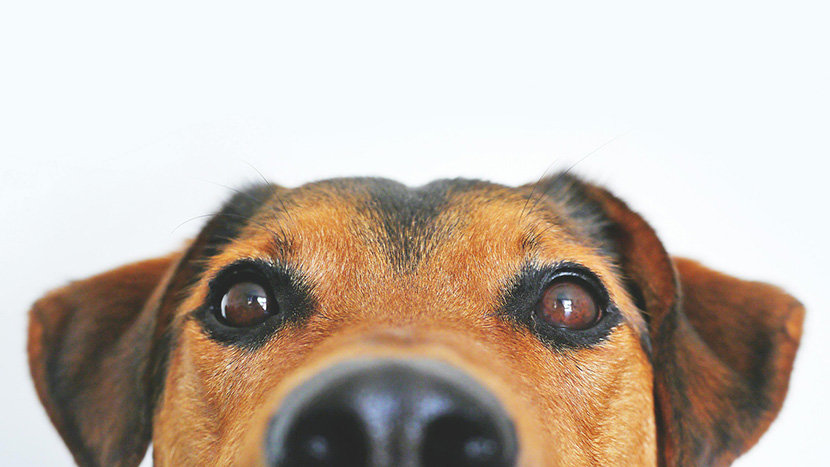From random number generators to slick game physics, the online casinos of today run on a surprising amount of science. Here is a look under the hood at how it all works.
If you have ever spun a digital roulette wheel or watched a virtual slot machine flash to life, you already know some of the most silently complex tech on the internet. Online casinos might appear simple on the surface-click, play, win or lose-but behind that smooth experience sits a dense network of math, probability models, server engineering and behavioral design.
The industry has grown so fast that most players never stop to ask the basic question of how this all actually works. What keeps a digital blackjack table honest? How do online slots manage to be both unpredictable and fair? And how do platforms deliver the flashy near-instant gameplay that users expect?
Lightning-fast systems with the engineering behind smooth play
Speed is everything. When a game lags, players leave. Online casinos survive on their ability to deliver instant results with seamless movement.
Load balancing and server architecture
Stability depends upon the distribution of traffic. One roulette table can have thousands of players at the same time. To avoid crashing, systems make use of load-balancing servers that spread the strain across multiple machines.
This also allows for consistent game outcomes. When you play blackjack on such a platform, as those accessible through Jackpot city login, you want real-time responses. The platform, which offers a wide range of casino games from slots to quick win options, employs tightly managed server clusters to keep gameplay speedy and stable.
Data streaming
Latency is the main enemy when it comes to live games. Specialized streaming protocols designed by engineers to deliver video and interaction cues with minimum delay are applied. If the dealer flipped a card, your screen shows it almost instantly, due to compression techniques which can reduce the file size without sacrificing clarity.
Digital chance is the heartbeat of every game
Everything that happens in an online casino starts with randomness. But randomness in a digital format is actually a rather complex thing.
The role of RNGs
Random Number Generators, RNGs, if you hang around this world long enough, are at the center of every online game. These aren’t your basic “pick-a-number” programs; they’re statistically tested engines designed to make every spin or card draw behave just about as unpredictably as a physical counterpart.
A good RNG spits out numbers constantly, even when nobody’s playing. You hit “spin,” and it takes whatever number just happened to appear in that millisecond and translates it into game output. That tiny moment is everything. A fraction of a second earlier or later would totally change the result.
This hypersensitivity is what prevents the formation of patterns. Scientists test RNGs using large data sets and run them through tests, like Diehard or NIST suites, to ensure outcomes never lean in suspicious directions.
Probability modeling
Under the RNG sits another layer: The probability model. Every game has specific target odds, shaped by mathematical formulas determining the long-term returns. Each slot has some complex weighting system behind every symbol, making some icons “rare” because the software assigns dramatically lower probabilities compared with others.
To players, outcomes seem like pure chance, but to developers it’s a very carefully controlled environment. If the model says a game pays out 96% over time, the scientists make sure the math follows through.
Building the illusion of reality
Even though everything happens inside a server, modern online casinos try to evoke real-life sensations through digital techniques with roots in physics, psychology and interface design.
Game physics for digital comfort
When you spin a virtual wheel, it doesn’t just jump to the result. It glides, slows and clicks into place. That motion isn’t random. Developers build physics simulations that mimic friction and acceleration, so the movement feels believable to the brain.
Slot reels “bounce” and “snap” into place using easing curves pulled straight from animation science. A gentle overshoot, a slight drop, a satisfying stop, all calculated to make the experience feel natural.
Sound design with purpose
Think of the soft shuffle of cards, the sharp ding of a win, the rising chime of a bonus game. These sounds aren’t added as decoration; they’re tuned and layered the same way audio engineers work with musical compositions.
Frequency of sounds, volume changes and sequence patterns all contribute to the emotionally rhythmic qualities of play. A small win comes across as a short upbeat note, while on the other hand, bigger hits could leverage deeper tones or longer flourishes to convey significance.
Trust through transparency where fairness is verified
In an industry where the flow of money is constant, trust is everything. In comes science once again to ensure that the inner details are clear to both players and regulators alike.
Statistical audits
Third-party labs put games through stress tests, checking millions of sample plays to confirm that outcomes fall within expected statistical ranges. These audits look for anything that suggests manipulation or skewing. If even minor deviations show up, the game can be flagged and pulled until the issue is resolved.
Encryption and secure design
Security science is a universe in and of itself, but in the context of online casinos, it heavily involves encryption methodologies that protect sensitive user data and maintain game integrity. Every spin, every card deal and every financial transaction is wrapped in encrypted packets, scrambling information while it moves between the player and the server. Even game logs get encrypted in order to prevent tampering after the fact.















































































































